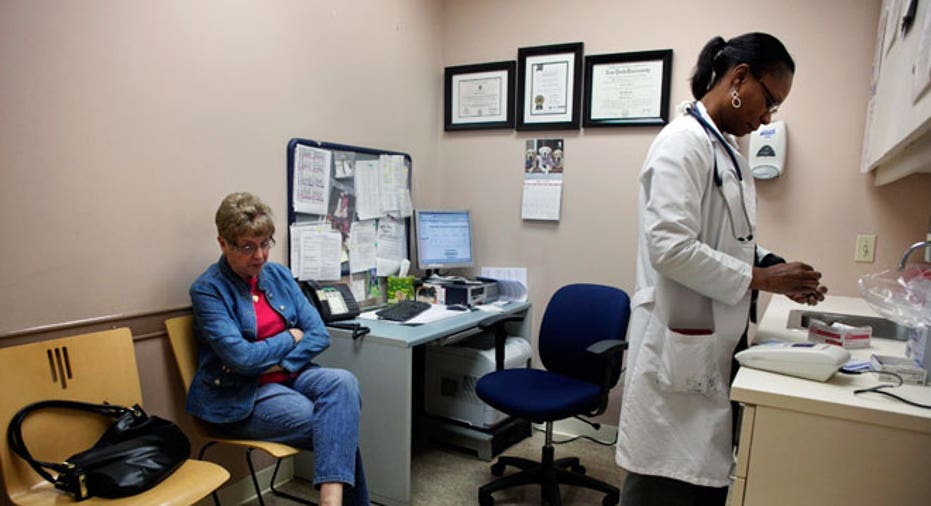How to Stop Wasteful Spending in Health Care

Despite the constant finger pointing on Capitol Hill, the nation’s health-care woes cannot be blamed on one particular issue. A new report from the Institute of Medicine (IOM), identifies a host of problems are plaguing the health-care system leading to high cost and poor results.
Michael Mahoney, vice president of consumer marketing at insurance website GoHealth called the results exiting because “it shows all [areas of care] have room for improvement.” Just as there is no one cause to the health-care system’s faults, there is also not one cure to repair and improve it. In fact, the report shows a combination of more adaption of electronic records, increasing provider incentives and better health decisions by patients will help make the system more efficient, effective and affordable.
The IOM wanted to know why some industries like manufacturing operate efficiently and the health-care industry is plagued with waste. For example, the IOM calculated that around 30% of health spending in 2009--roughly $750 billion--went to unnecessary services, excessive administrative costs, fraud and other problems. What’s more, while other industries learn from their mistakes, health care hasn’t followed suit. According to the IOM, one-third of hospitalized patients are harmed while in the hospital and one-fifth of Medicare patients are re-hospitalized within 30 days.
The situation isn’t any better when it comes to medical records and technology. The IOM found that 20% of patients reported that test results or medical records weren’t transferred to another medical institution in time for an appointment and 25% said their doctor had to re-order tests to have the correct information for diagnosis.
Transparency is also lackluster in health care compared to other industries. For instance, a consumer shopping for an appliance or booking a hotel has a variety of tools to compare products and rates in order to find the best price. The study found that 63% of patients don’t know the cost of their care until they receive the bills and 10% never find out what their treatment cost.
When it comes to discussing treatment options, less than half of patients surveyed said they got clear information on the pros and cons of treatments, and less than half said they were happy with the role they played in the decision-making process.
So what can be done? According to the IOM in the case of electronic records, there needs to be improvements in capturing and delivering clinical data in a reliable and secure manner. The institute recommends regulatory agencies clarify and improve rules regarding the collection and use of clinical data to protect privacy, but at the same time allow access to the data to better coordinate and manage care. According to the IOM around 75 million Americans have more than on chronic disease, which required coordination among multiple specialists.
To improve patient care, the IOM recommends medical clinicians and health care organizations embrace tools that provide reliable access to current clinical research that can be used at the point of care and that organizations should provide incentives that encourage the use of the tools.
It can take years for medical breakthroughs to become mainstream and commonly prescribed. The IOM referenced beta blockers, which took 13 years to become standard practice after they were shown to improve the survival rate in heart attack patients.
Patients and their families also need to play a more active role regarding their health care—they need to ask questions before, during and after their treatment.
A reward system for doctors and nurses would also improve patient care. The IOM recommends private and public payers reward continuous learning and improvement in providing the best care at lower costs. The IOM says payers structured payment models should be created to incentivize and support high- quality care focused on the patients’ needs.
To improve transparency, the IOM recommends the industry increase the availability of price and cost information, quality, and the various outcomes and effects of different treatments to allow patients to make more informed decisions.
While the recommendations may go toward bettering the health-care system, Mahoney at GoHealth says it’s going to take regulation in order for any real improvements to happen. “All these things require legislation in order for change. Csonsumers or providers aren’t going to suddenly stand up one day and be more efficient.”